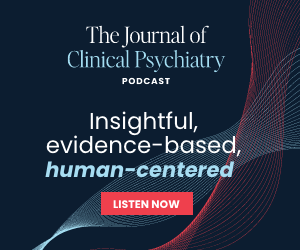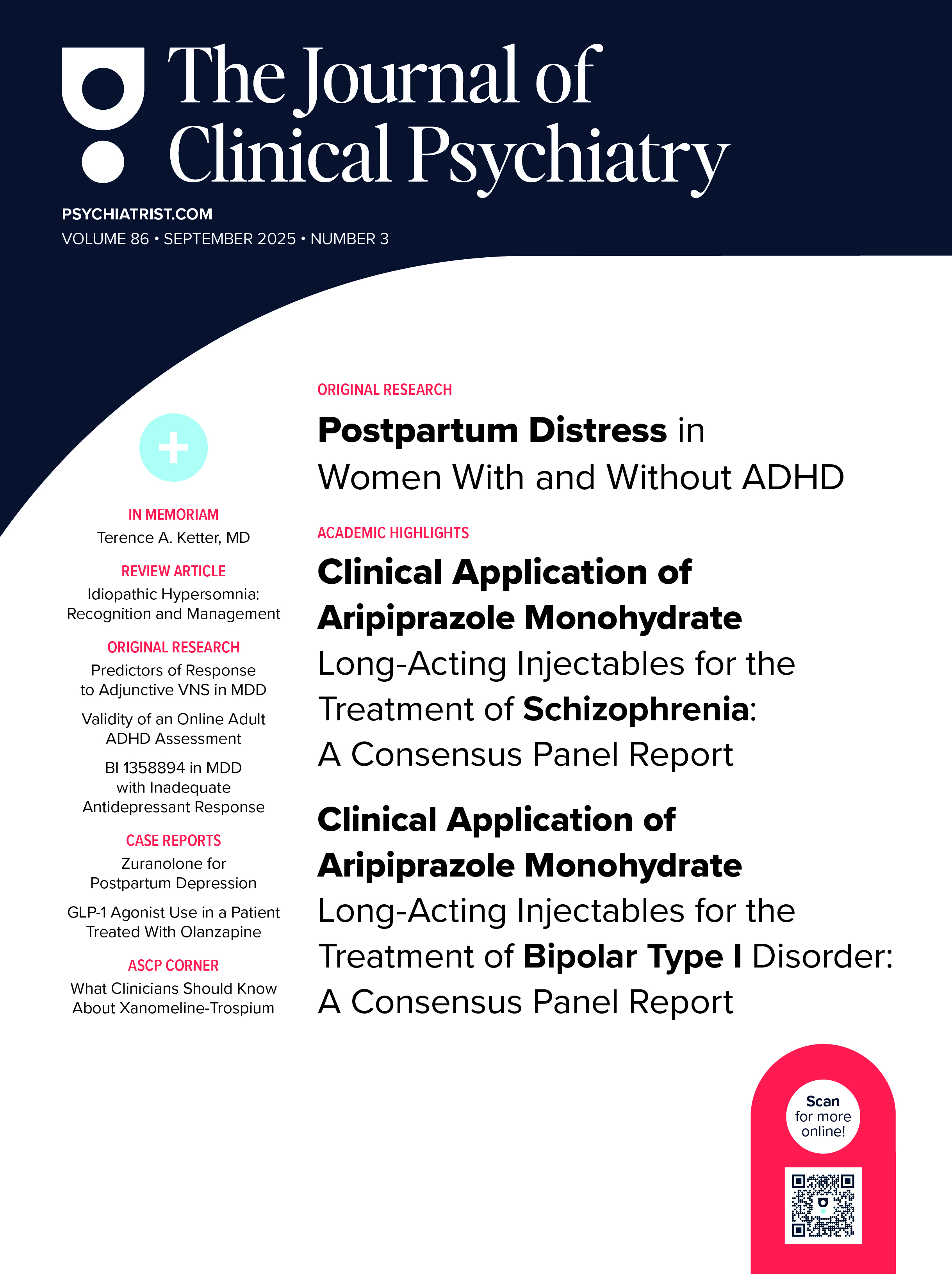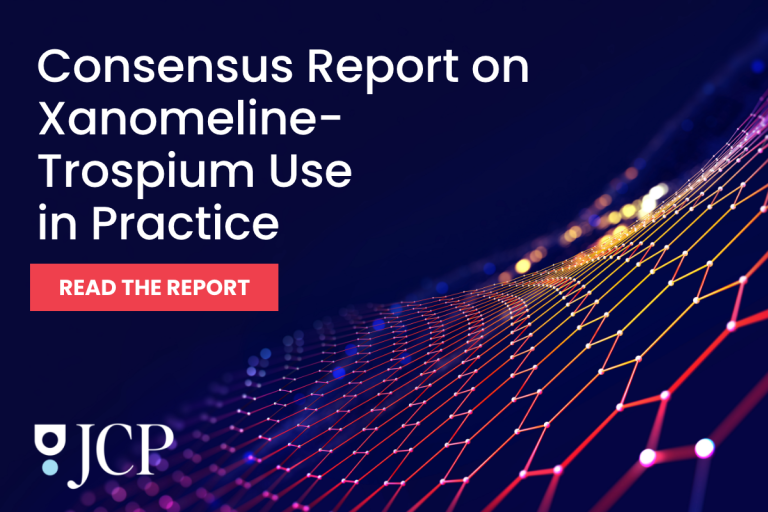Abstract
Objective: We compared substance use disorder (SUD) prevalence among adult inflammatory bowel disease (IBD) hospitalizations with non-IBD controls from the 2016–2018 National Inpatient Sample, assessing correlations with demographics, socioeconomic status, geographic regions, depression, and anxiety.
Methods: The primary aim focused on SUD, defined as substance abuse or dependence (International Statistical Classification of Diseases, Tenth Revision [ICD-10]: F10–F19) excluding unspecified use or remission, among hospitalizations documenting IBD (Crohn’s disease or ulcerative colitis; ICD-10: K50-51) as one admitting diagnosis (IBD-D). The prevalence of SUD among hospitalizations with and without IBD was compared. The secondary aim further characterized factors influencing SUD among hospitalizations with IBD as the primary diagnosis (IBD-PD). Multivariable logistic regression was performed to estimate the adjusted odds ratios (ORs) for SUD including associated covariates.
Results: SUD prevalence was 20.9% for IBD-D and 20.8% for non-IBD controls (P = .38). After adjustments, there was less SUD (OR 0.92, 95% CI, 0.90–0.93) but more opioid use disorder (OUD) (OR 1.20, 95% CI, 1.15–1.24) among IBD-D; other substances were less likely among IBD-D. Among IBD-PD hospitalizations, SUD significantly associated with Crohn’s disease (75.1% vs 58.8%, P < .001), Medicaid (30.4% vs 15.8%, P < .001), lowest-income quartile (32.8% vs 23.8%, P < .001), depression (19.1% vs. 12.5%), and anxiety (24.7% vs. 14.9%). These factors were also associated with OUD. Notably, certain geographic regions and urbanization levels correlated with both elevated SUD and OUD among IBD-PD hospitalizations.
Conclusions: We comprehensively characterized SUD prevalence among adult IBD hospitalizations, identifying demographic, socioeconomic, geographic, and mental health risk factors for SUD and OUD in IBD. These findings inform efforts to decrease SUD among IBD patients by improving health care delivery through reducing health care disparities and improving psychiatric care.
J Clin Psychiatry 2025;86(1):24m15339
Author affiliations are listed at the end of this article.
Members Only Content
This full article is available exclusively to Professional tier members. Subscribe now to unlock the HTML version and gain unlimited access to our entire library plus all PDFs. If you’re already a subscriber, please log in below to continue reading.
References (39)

- Bernstein CN, Hitchon CA, Walld R, et al. Increased burden of psychiatric disorders in inflammatory bowel disease. Inflamm Bowel Dis. 2019;25(2):360–368. CrossRef
- Sung KY, Zhang B, Wang HE, et al. Schizophrenia and risk of new-onset inflammatory bowel disease: a nationwide longitudinal study. Aliment Pharmacol Ther. 2022;55(9):1192–1201. PubMed CrossRef
- Wang YP, Zhang B, Wang HE, et al. Risk of attempted suicide among patients with inflammatory bowel disease: a nationwide longitudinal follow-up study. Dis Colon Rectum. 2023;66(9):e938–e945. PubMed CrossRef
- Fairbrass KM, Lovatt J, Barberio B, et al. Bidirectional brain-gut axis effects influence mood and prognosis in IBD: a systematic review and meta-analysis. Gut. 2022;71(9):1773–1780. PubMed CrossRef
- Zhang B, Wang HHE, Bai YM, et al. Bidirectional association between inflammatory bowel disease and depression among patients and their unaffected siblings. J Gastroenterol Hepatol. 2022;37(7):1307–1315. PubMed CrossRef
- Kochar B, Barnes EL, Long MD, et al. Depression is associated with more aggressive inflammatory bowel disease. Am J Gastroenterol. 2018;113(1):80–85. PubMed CrossRef
- Mikocka-Walus A, Pittet V, Rossel JB, et al. Symptoms of depression and anxiety are independently associated with clinical recurrence of inflammatory bowel disease. Clin Gastroenterol Hepatol. 2016;14(6):829–835.e1. PubMed CrossRef
- Park KT, Ehrlich OG, Allen JI, et al. The cost of inflammatory bowel disease: an initiative from the Crohn’s & Colitis Foundation. Inflamm Bowel Dis. 2020;26(1):1–10. PubMed CrossRef
- Turner S, Mota N, Bolton J, et al. Self-medication with alcohol or drugs for mood and anxiety disorders: a narrative review of the epidemiological literature. Depress Anxiety. 2018;35(9):851–860. PubMed CrossRef
- Carney H, Marrie RA, Bolton JM, et al. Prevalence and risk factors of substance use disorder in inflammatory bowel disease. Inflamm Bowel Dis. 2021;27(1):58–64. CrossRef
- Bogale K, Vrana K, Konsavage WR, et al. Polysubstance use in inflammatory bowel disease. J Dig Dis. 2021;22(12):706–713. PubMed CrossRef
- Berkowitz L, Schultz BM, Salazar GA, et al. Impact of cigarette smoking on the gastrointestinal tract inflammation: opposing effects in Crohnʼs disease and ulcerative colitis. Front Immunol. 2018;9:74. PubMed CrossRef
- Niccum B, Moninuola O, Miller K, et al. Opioid use among patients with inflammatory bowel disease: a systematic review and meta-analysis. Clin Gastroenterol Hepatol. 2021;19(5):895–907.e4. PubMed CrossRef
- Szigethy EM, Murphy SM, Ehrlich OG, et al. Opioid use associated with higher costs among patients with inflammatory bowel disease. Crohns Colitis 360. 2021;3(2):otab021. PubMed
- Sheehan JL, Jacob J, Berinstein EM, et al. The relationship between opioid use and healthcare utilization in patients with inflammatory bowel disease: a systematic review and meta-analysis. Inflamm Bowel Dis. 2022;28(12):1904–1914. PubMed CrossRef
- Jones JL, Loftus EV Jr. Avoiding the vicious cycle of prolonged opioid use in Crohn’s disease. Am J Gastroenterol. 2005;100(10):2230–2232. PubMed CrossRef
- Ahmed W, Billing W, Stump TE, et al. Opioid legislation in patients with inflammatory bowel disease: a state-wide retrospective cohort study. Inflamm Bowel Dis. 2023;29(9):1355–1361. PubMed CrossRef
- Hasenoehrl C, Storr M, Schicho R. Cannabinoids for treating inflammatory bowel diseases: where are we and where do we go? Expert Rev Gastroenterol Hepatol. 2017;11(4):329–337. PubMed CrossRef
- Farrelly KN, Wardell JD, Marsden E, et al. The impact of recreational cannabis legalization on cannabis use and associated outcomes: a systematic review. Subst Abuse. 2023;17:11782218231172054. PubMed CrossRef
- Ledder O, Harel S, Lujan R, et al. Residence in peripheral regions and low socioeconomic status are associated with worse outcomes of inflammatory bowel diseases: a nationwide study from the epi-IIRN. Inflamm Bowel Dis. 2024;30(1):1–8. PubMed CrossRef
- Sewell JL, Velayos FS. Systematic review: the role of race and socioeconomic factors on IBD healthcare delivery and effectiveness. Inflamm Bowel Dis. 2013;19(3):627–643. PubMed CrossRef
- Piovani D, Danese S, Peyrin-Biroulet L, et al. Environmental, nutritional, and socioeconomic determinants of IBD incidence: a global ecological study. J Crohns Colitis. 2020;14(3):323–331. PubMed CrossRef
- Introduction to the HCUP National Inpatient Sample (NIS). 2018. Accessed April 5, 2023. https://hcup-us.ahrq.gov/db/nation/nis/NIS_Introduction_2018.jsp
- Park J, Cheon JH. Incidence and prevalence of inflammatory bowel disease across Asia. Yonsei Med J. 2021;62(2):99–108. CrossRef
- Ananthakrishnan AN. Epidemiology and risk factors for IBD. Nat Rev Gastroenterol Hepatol. 2015;12(4):205–217. PubMed CrossRef
- Windsor JW, Kaplan GG. Evolving epidemiology of IBD. Curr Gastroenterol Rep. 2019;21(8):40. PubMed CrossRef
- Mahid SS, Minor KS, Soto RE, et al. Smoking and inflammatory bowel disease: a meta-analysis. Mayo Clin Proc. 2006;81(11):1462–1471. PubMed CrossRef
- Cosnes J. Tobacco and IBD: relevance in the understanding of disease mechanisms and clinical practice. Best Pract Res Clin Gastroenterol. 2004;18(3):481–496. PubMed CrossRef
- Nduma BN, Mofor KA, Tatang J, et al. The use of cannabinoids in the treatment of inflammatory bowel disease (IBD): a review of the literature. Cureus. 2023;15(3):e36148. PubMed CrossRef
- Lal S, Prasad N, Ryan M, et al. Cannabis use amongst patients with inflammatory bowel disease. Eur J Gastroenterol Hepatol. 2011;23(10):891–896. PubMed CrossRef
- Ravikoff Allegretti J, Courtwright A, Lucci M, et al. Marijuana use patterns among patients with inflammatory bowel disease. Inflamm Bowel Dis. 2013;19(13):2809–2814. PubMed CrossRef
- Velez-Santiago A, Alvarez-Torres E, Martinez-Rodriguez R, et al. A survey of cannabis use among patients with inflammatory bowel disease (IBD). Int J Environ Res Public Health. 2023;20(6):5129. PubMed CrossRef
- Targownik LE, Nugent Z, Singh H, et al. The prevalence and predictors of opioid use in inflammatory bowel disease: a population-based analysis. Am J Gastroenterol. 2014;109(10):1613–1620. PubMed CrossRef
- Enzinger AC, Ghosh K, Keating NL, et al. Racial and ethnic disparities in opioid access and urine drug screening among older patients with poor-prognosis cancer near the end of life. J Clin Oncol. 2023;41(14):2511–2522. PubMed CrossRef
- Engel-Rebitzer E, Dolan AR, Aronowitz SV, et al. Patient preference and risk assessment in opioid prescribing disparities: a secondary analysis of a randomized clinical trial. JAMA Netw Open. 2021;4(7):e2118801. PubMed CrossRef
- Knoebel RW, Starck JV, Miller P. Treatment disparities among the black population and their influence on the equitable management of chronic pain. Health Equity. 2021;5(1):596–605. PubMed CrossRef
- Alemu BT, Young B, Beydoun HA, et al. Substance use disorder among hospitalized adolescents in North Carolina. South Med J. 2022;115(8):616–621. PubMed CrossRef
- Serowik KL, Yonkers KA, Gilstad-Hayden K, et al. Substance use disorder detection rates among providers of general medical inpatients. J Gen Intern Med. 2021;36(3):668–675. PubMed CrossRef
- Sulley S, Ndanga M, Saka AK. Prevalence of cannabis use and factors related to hospitalizations in the United States: a population-based study using national inpatient sample between 2012 and 2018. Cureus. 2022;14(8):e28361. PubMed CrossRef






